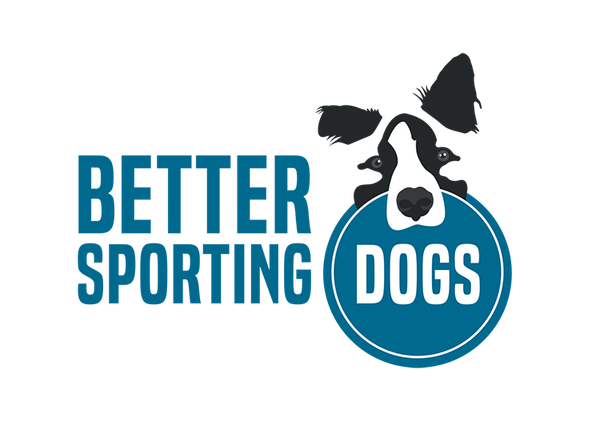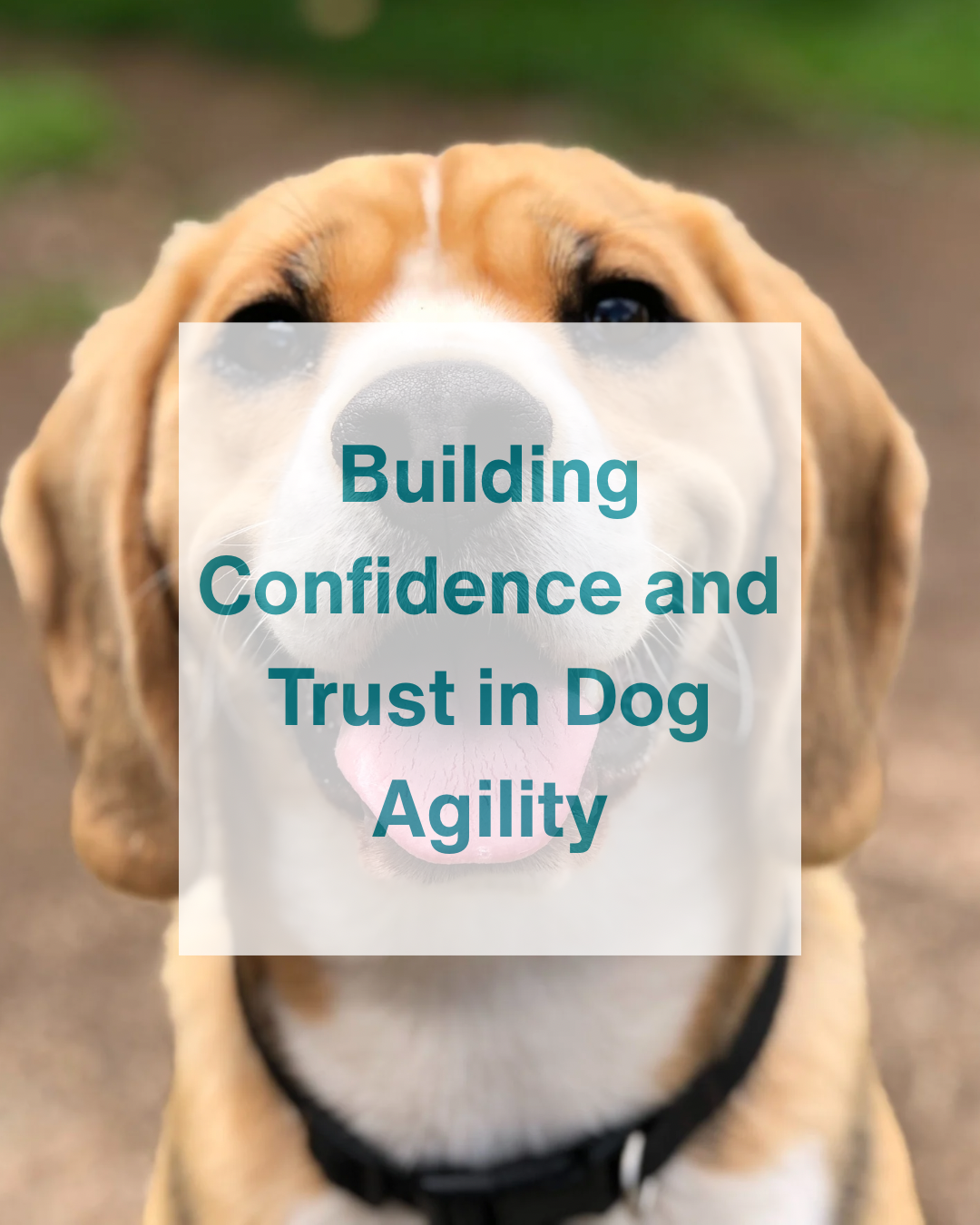Dog agility isn’t just about speed and precision—it’s a team sport that thrives on the trust and connection between you and your dog. Whether you’re introducing a brand-new obstacle or preparing for your first competition, your dog’s confidence and your mutual trust are the foundation for success. Here's how to strengthen that bond every step of the way.
1. Start with the Basics
Before adding complexity, ensure your dog is confident with foundational skills like sit, stay, recall, and focus. These create structure and predictability, making agility less overwhelming when new challenges arise.
2. Introduce Obstacles Gradually
When presenting a new obstacle—like a teeter, weave poles, or tunnel—go slowly. Let your dog sniff it, walk around it, and investigate at their own pace. Use positive reinforcement (like treats, toys, or praise) for any interaction to create positive associations.
3. Celebrate the Small Wins
Confidence builds through success. Break each obstacle into achievable steps, and reward each step. For example, reward your dog just for placing paws on the teeter or walking beside the weave poles before expecting a full run-through.
4. Stay Positive, No Matter What
Dogs pick up on our emotions. If you’re frustrated or anxious, your dog may feel unsure or reluctant. Keep sessions short, upbeat, and fun. Mistakes are just part of the learning process, so keep the mood light and encouraging.
5. Be Your Dog’s Cheerleader
Trust grows when your dog feels safe with you. If they hesitate or seem nervous, don’t push—reassure them. Use a happy voice, enthusiastic praise, and body language that says “You’ve got this!” Your support helps them feel secure enough to try again.
6. Train in Different Environments
Once your dog is confident with an obstacle at home or in class, try introducing it in new settings. Practicing in parks, different backyards, or new training spaces can build adaptability and reinforce your teamwork.
7. Know When to Take a Break
Sometimes, the best way to build trust is by stepping back. If your dog seems overwhelmed or disinterested, switch to something they enjoy. Playing a quick game of tug or simply going for a walk can help reset the mood and strengthen your connection.
8. End on a High Note
Always finish training sessions with something your dog enjoys and can succeed at. This could be a favorite obstacle, a quick trick, or a fun game. It keeps training fun and ensures your dog ends the session feeling successful and confident.
Final Thoughts
Agility training is a journey, and every moment you spend encouraging and supporting your dog deepens the trust between you. By focusing on positive experiences, being patient, and celebrating progress, you’ll help your dog become a confident, enthusiastic agility partner—ready to tackle any obstacle by your side.

